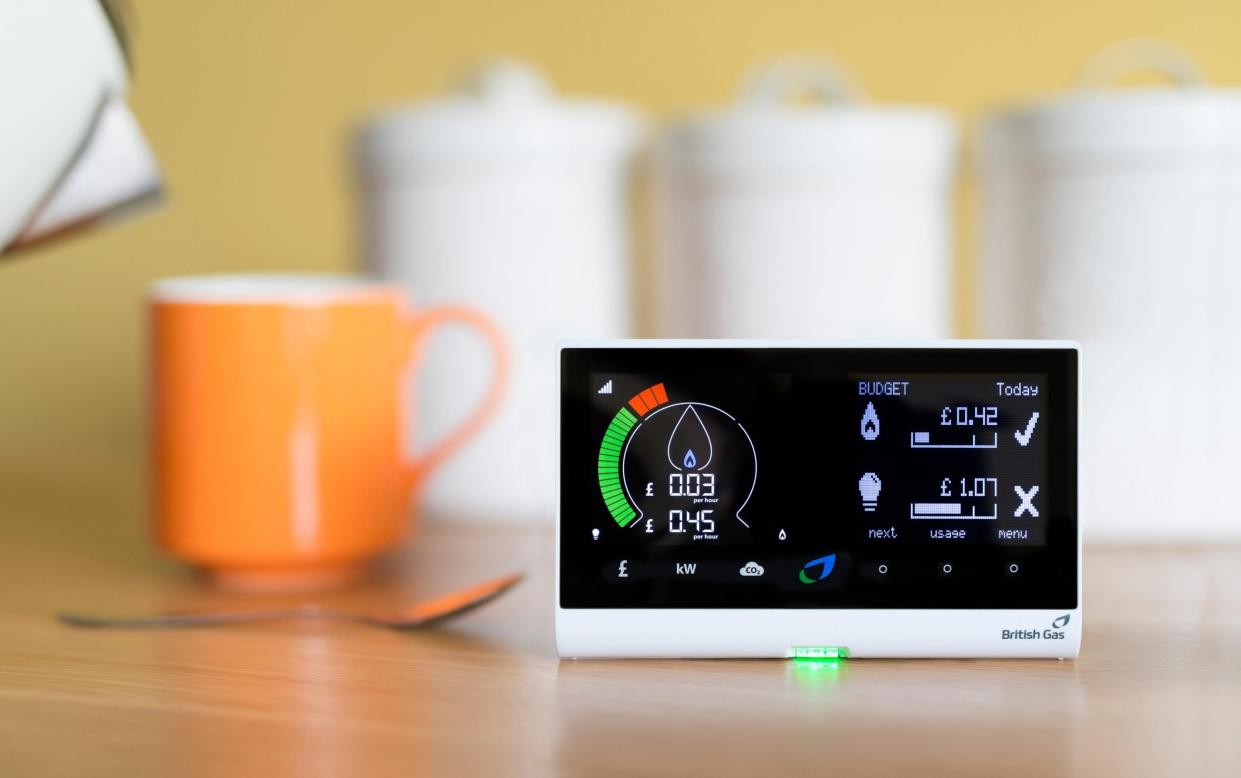New energy deals will cost you £500 more than doing nothing

Customers who buy fixed-tariff energy plans will spend hundreds of pounds more over the next two years than if they had stayed on a “default” contract.
The price of fixed-term plans has dramatically risen as wholesale energy costs have soared.
Default “variable” tariffs, historically more expensive, are protected by the regulator’s energy price cap. This limits how much suppliers can charge the average household each year. Customers are placed on these deals when fixed-term tariffs end.
The cap rose this month by £139 to £1,277 and is expected to rise by another £400 in April, according to Cornwall Insight, a market analysis firm.
Even when factoring this in, households will be hundreds of pounds better off staying on a default tariff than fixing prices with their supplier.
The cheapest 12-month deal available, from Co-op Energy, will cost the average home £1,730, according to the price comparison website Uswitch. Over a year, this would cost £262 more than if a customer remained on a supplier’s default tariff and protected by the cap, even accounting for a £400 rise.
The cheapest two-year fix costs £1,856 a year, from So Energy. An average household would spend £582 more over two years than if they were charged the default tariff, assuming the cap remained unchanged in 2023.
Providers have stopped promoting default tariffs in an attempt to entice customers into fixed-term deals, which last years and cost hundreds more. Customers would end up with a higher bill than if they took no action at all.
Default tariffs do not carry exit fees, so households should switch to a better deal when energy prices drop.

